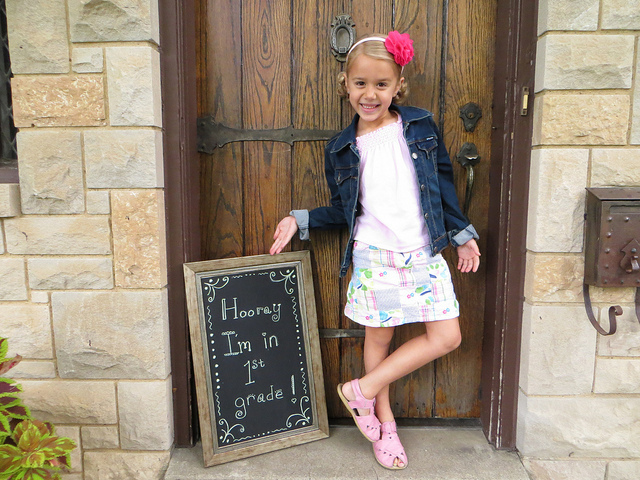Lately, I have had a number of people say to me, “School choice is not the answer.” For those that make this claim, I’m really not sure what question they are asking.
Opponents of school choice like to claim that choice just puts a Band-Aid on a problem or that it simply misdirects resources from struggling public schools. This is a fundamental misunderstanding of how school choice works and the implications it has for the education system. Below, I highlight several questions and I show that school choice is the only answer to the most vexing problems in education. At least it is the only answer that solves issues without government compulsion and unintended negative consequences as a result of government action.
How do we get schools to have high learning standards for students without relying heavily on standardized tests? School choice.
Most people agree that schools should be held accountable. That is, we established public schools to educate students; therefore, schools should educate students. Our current method of ensuring that schools have rigorous standards and that students are learning is through test based accountability. We set learning standards, mandate standardized tests, and impose penalties or sanctions for schools that fail to achieve.
There are concerns that this model has led to a narrowing of the curriculum and an overreliance on standardized tests. The strongest complaints against this system come from educators themselves.
School choice changes the dynamic. Rather than being accountable to perform on standardized tests, schools in a choice system are expected to meet the needs of their students and parents. Enabling parents with the power to choose empowers them to be the direct enforcers of accountability. If a school is not educating students, parents can choose to send their children somewhere else. Choice is accountability.
How do we improve the quality/respect of teachers in the classroom? School choice. Currently, the education system treats teachers like widgets with no respect for performance. In most schools, great teachers have no ability to be rewarded for their efforts. They are paid almost exclusively based on years of experience and their credentials. More importantly, there is little competition for a teacher’s labor. It is rare for schools to actively recruit excellent teachers from other schools and offer financial incentives for them to move. This is the exact opposite of nearly every other sector, including the professions with which teachers aspire to be compared.
When schools are held accountable to parents through school choice, they have an incentive to seek and reward excellent teachers. The end effect is that choice breaks up the monopsony of the public school system and creates a market for talented teachers.
Demand for good teachers is how you improve the quality and respect for professional educators. We have tried and have been unsuccessful in achieving as much through stringent licensing requirements, pensions, and a host of other measures.
How do we overcome problems of poverty in urban school districts? School choice. Throughout the country schools in urban settings are struggling. Many are considered drop-out factories, where half of the students fail to graduate. Stalwarts of the traditional public education system like to say, “Teachers and schools aren’t the problem, poverty is the problem.” They are right.
Poverty and all that it entails is the single biggest obstacle to students achieving excellence in education. Poverty is a problem everywhere, even in rural schools, but it is particularly pronounced when schools have a high-concentration of poverty. In many urban schools, nearly 90 percent of the students qualify for free or reduced price lunches—a common metric of poverty status.
School choice does not lift people out of poverty, but it does help ameliorate the effects.
First, it is important to recognize that schools with high concentrations of poverty are the product of residential zoning of traditional public schools. When we create artificial barriers around school districts, we lock housing values to the quality of schools. Over time, this results in wealthier families sorting into better school districts and pricing out the poor families. In many ways, good public schools are a lot like my private neighborhood swimming pool—you can get in if you can afford a house in the neighborhood.
Choice also gives low-income families the ability to advocate for their children—something many parents lack—and it gives schools the incentive to improve. If poverty is the problem, the answer is more choice, not less.
I could go on. School choice is not a magical fix. It will not result in miraculous improvements tomorrow, but John Chubb and Terry Moe were right when they wrote: “…choice is not like the other reforms and should not be combined with them as part of a reformist strategy for improving America’s public schools. Choice is a self-contained reform with its own rationale and justification. It has the capacity all by itself to bring about the kind of transformation that, for years, reformers have been seeking to engineer in a myriad of other ways.”
If you are asking the right question, school choice is most definitely the answer.
James Shuls([email protected]) is director of education policy at the Show-Me Institute in Missouri. Follow him on Twitter @Shulsie. Article reprinted with permission from JayPGreene.com. Image by Regan76.




